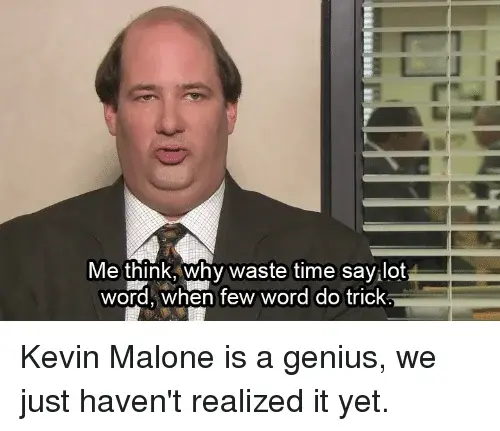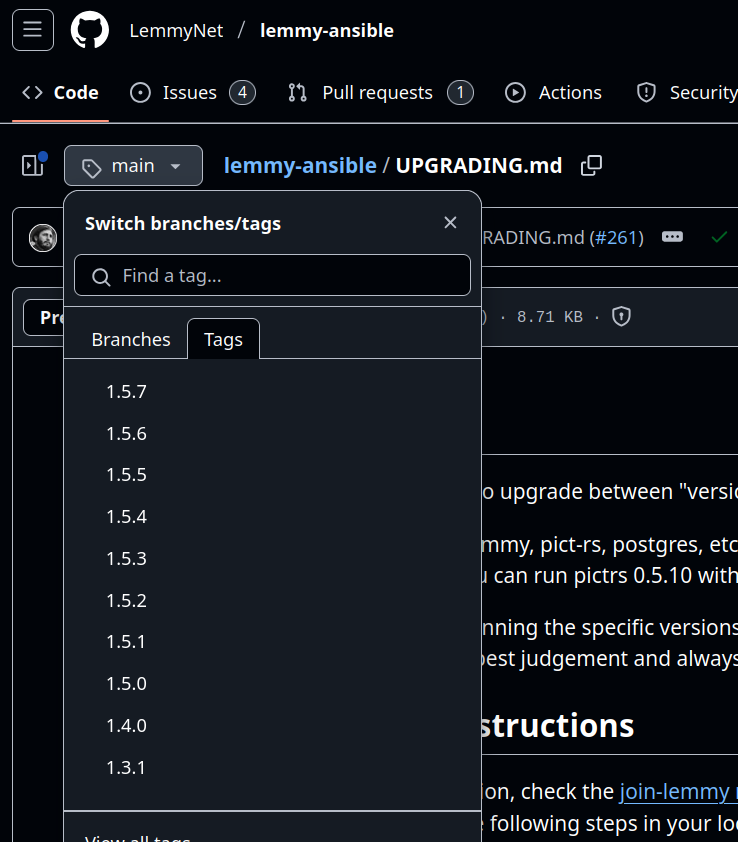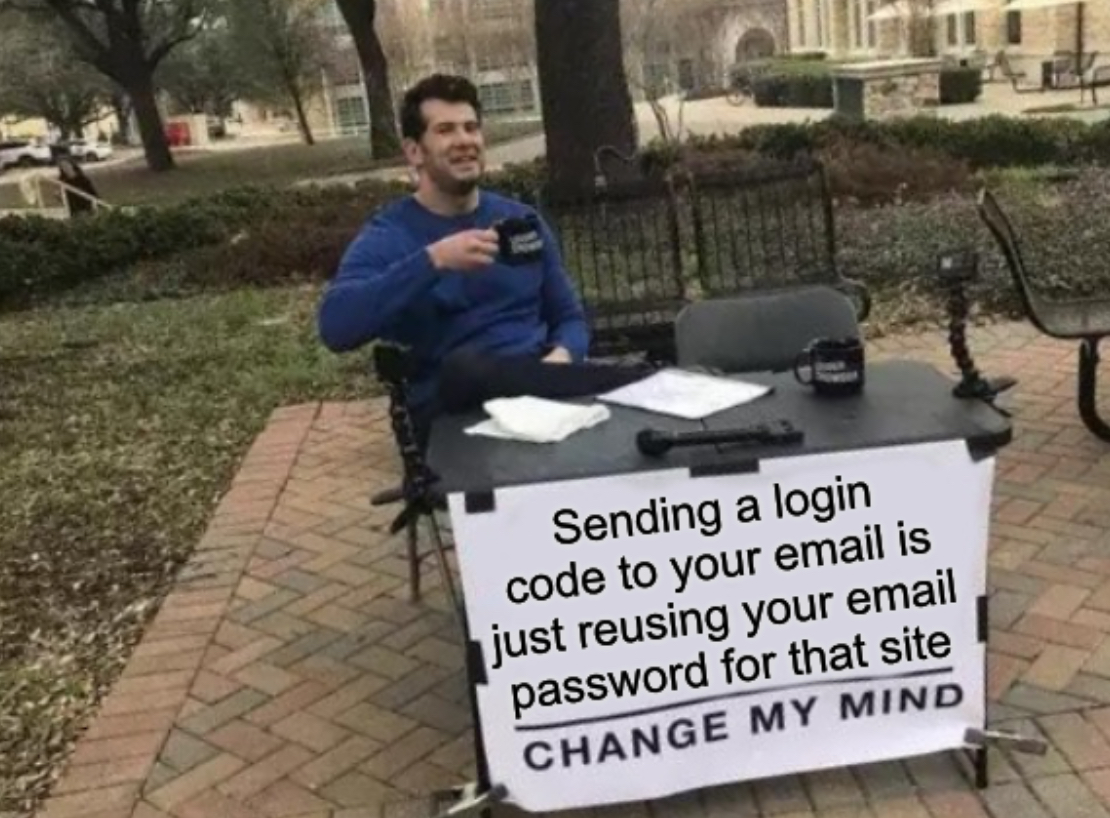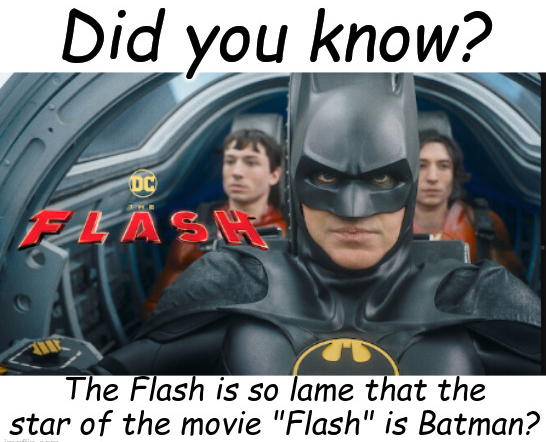
listless
Newspeak double plus good.
Irrelevant. The content is not safe for work, therefore it should be categorized as such
wet quesedilla
When you hear “I’ve got this great app idea—it just needs someone to code it,” it may sound to you like you’re halfway there. But from a programmer’s point of view, that’s actually the least interesting and riskiest way to start. Here’s why:
1. There’s no roadmap—just “code this”
- Undefined scope: If all I have is a vague idea, I don’t know what “done” even looks like. Am I building a basic prototype? A polished product? What features must it have on day one, and what can wait until later?
- Endless scope creep: Without clear boundaries, every conversation becomes “Just one more little thing,” and suddenly what was supposed to be a weekend project balloons into months (or years).
2. You’re asking me to invent half the project
- UI/UX design: How should it look and feel? What screens go where? How do users navigate? That’s a specialized discipline all its own.
- Product strategy: Who exactly is this for? Why will they use it? How will you reach those users? If you can’t answer that, I can’t write code that solves a real problem.
- Testing & polish: Code needs testing, bug-fixing, documentation, deployment, maintenance… none of which you’ve accounted for.
3. No incentives, no commitment
- Why me? Great programmers want to work on problems they find meaningful, challenging, or fun—and ideally get compensated for their time. “Just code my idea” won’t light anyone’s fire.
- Who owns it? If I invest weekends or nights building your vision, what do I get? Equity? Pay? Recognition? Without a clear agreement, it’s a recipe for frustration and resentment.
- Long-term support: Apps need updates, server maintenance, user support. If you haven’t thought through who handles that, you’re building technical debt.
4. Real success stories are team sports
- Cross-functional collaboration: The best apps come from teams that include product thinkers, designers, data analysts, marketers—and yes, developers. You can’t outsource half the work and expect a hit.
- Iterate and learn: You start with sketches or clickable wireframes, show them to real people, iterate, then bring in developers to build a minimum viable product. That way, you’re coding something people actually want.
What you can do instead
- Write a one-page spec: Describe the core problem, your ideal user, key features, and success metrics.
- Mock it up: Even hand-drawn sketches of each screen help communicate your vision.
- Validate your idea: Talk to potential users. If they’re excited, you’ve got something to build.
- Find a partner: A developer who’s excited by your clear plan—and who sees a fair path to reward for their effort.
In short: coding is only about 20% of what it takes to launch a successful app. If you can’t show a programmer that you’ve thought through the other 80%, they’ll politely pass—because turning a half-baked idea into a working product is a lot more work (and risk) than it looks.
Belvedere: What also floats in water?
Peasants: Bread. Apples. Very small rocks. Cider! Great gravy. Cherries. Mud. Churches, Churches!!!
git checkout takes a branch or tag name. In your example, it's almost certainly referring to a git tag that aligns with a version of the software.

If you know nothing about servers, linux, docker, postgres, reverse proxies, networking, https, certificates etc. then you may not be able to do this without studying these topics significantly and practicing setting up more simple services (like a plain HTTPS server with Let'sEncrypt certificates.)
Looking forward to hearing from you.
Oh look, a Culture ship Mind.
"There was no crime in the Culture, not really. Not because people were punished—there were no punishments, as such—but because nobody wanted to commit crimes. Or if they did, there were outlets, safe simulations that hurt no one."
-- Surface Detail, Chapter 7, Iain M. Banks
only in theory. in reality, only one person would ever buy it then re-release the source code for free-as-in-beer. unless you're talking about something other than GPL2/3.





